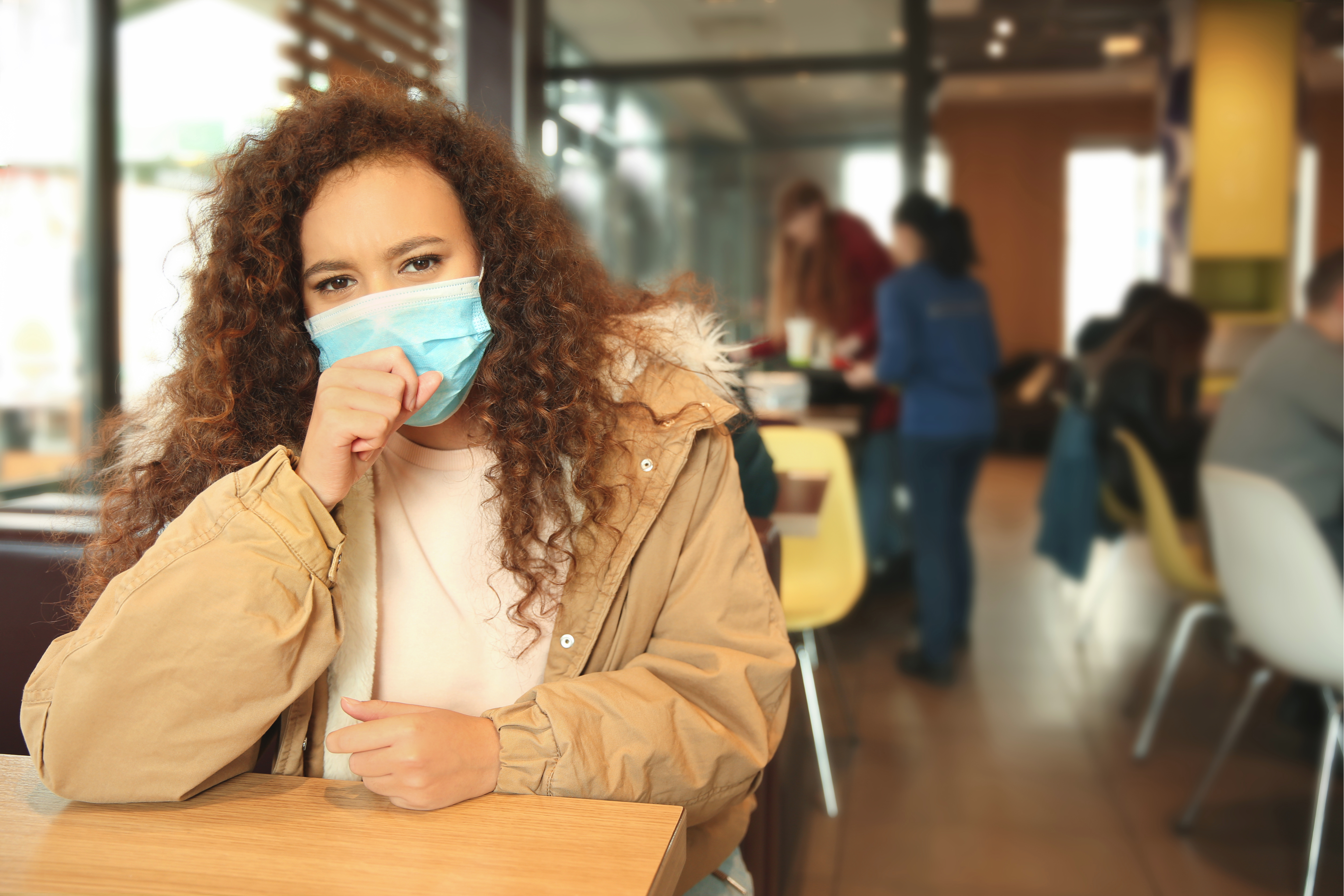This module is based on course materials created by The Ministry of Health, in collaboration with Careerforce as well as Safe Work Australia and Commonwealth, state and territory governments. It has been included for all staff to use at any point, not just when the country is in Alert Level 4. It provides useful advice on how to support each other, your family and whānau during the pandemic, and halt the spread of COVID-19.
For latest updates and health advice from the NZ government visit the Ministry of Health website
For latest updates and health advice from the AU governement visit the Department of Health website
The name coronavirus comes from the Latin word corona, meaning crown, because of the crown-like spikes protruding from the surface when seen under a microscope. Coronaviruses cause the common cold, flu and SARS, Severe Acute Respiratory Syndrome.
This virus is commonly called COVID-19 for the year it was first reported, in Wuhan, China on 31 December 2019.
COVID-19 may also be referred to as 2019-nCoV infection.
![]()
The coronavirus COVID-19 is thought to have initially come from an animal to a human, and has been spread amongst humans by contact with infected people.
COVID-19 is spread primarily via respiratory droplets of liquid released as someone coughs, sneezes, laughs or talks.
The virus can infect other people when the virus molecules land directly on somebody’s face. Or the virus can be transferred by people touching their face with their hands after they have touched surfaces contaminated with the virus.
Avoid touching your face
We touch our face about 20 times an hour. Stop doing that!
Our hands can transfer the virus molecule to the mucous membranes of the eyes, nose, or mouth. This is how the virus enters your body.
You are not expected, and should not try to diagnose people.
However, you have a work health and safety duty to minimise the risk of workers and others in the workplace being exposed to COVID-19, so far as reasonably practicable.
If you reasonably suspect someone could have the virus, or has been exposed, this creates a health risk at your workplace, and you will need to follow the steps below.
The person you are concerned about is at the workplace
The person you are concerned about was recently at the workplace
Remember
- There is not an automatic WHS requirement to close down an entire workplace, particularly if the person infected, or suspected to be infected, has only visited parts of the workplace.
- Workers assisting a potentially infectious person should have appropriate PPE and follow hand hygiene procedures.
- Consult with workers and allow them to raise concerns.
- Do you need to notify your WHS regulator? This fact sheet provides information for persons conducting a business or undertaking (PCBUs) on the approach to COVID-19 incident notification laws in each jurisdiction, including details on how to notify when required.
- Comply with privacy obligations. See guidance from the OAIC.

© Commonwealth of Australia 2020.

